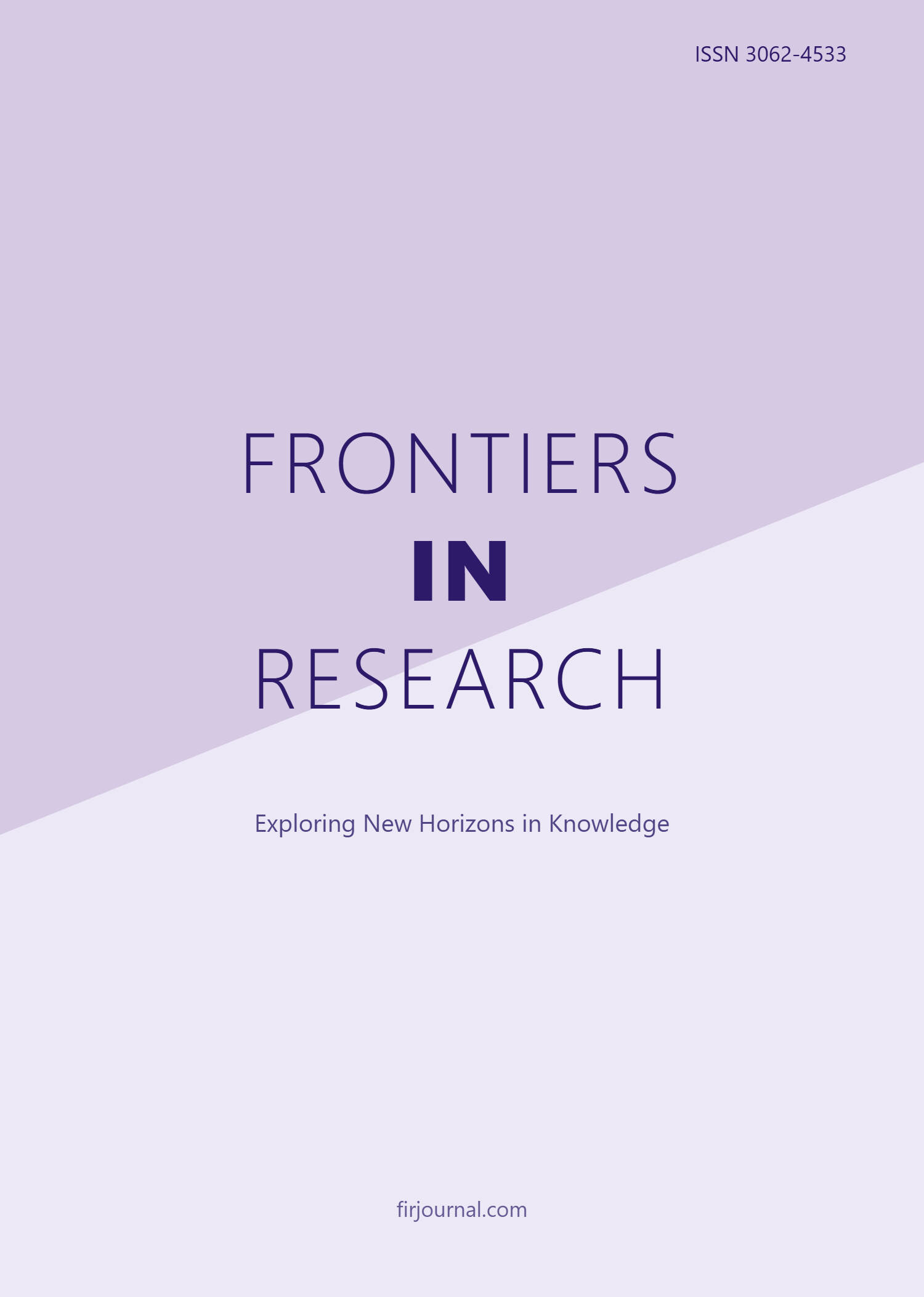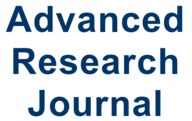Adapt or perish: How dynamic capabilities fuel digital transformation in traditional industries
DOI:
https://doi.org/10.71350/3062192584Keywords:
Dynamic capabilities, digital transformation, organizational resilience, legacy industriesAbstract
In the digital era, traditional industries confront an existential choice: fundamentally modernize or become irrelevant. This study demonstrates that sustained change requires not just the adoption of new technology but also the strategic coordination of three interrelated dynamic capacities. Through an in-depth analysis across sectors like automotive manufacturing, retail logistics, and utility operations—industries challenged by outdated systems and cultural inertia—the study demonstrate that lasting renewal requires: 1) perceptual acuity to detect emerging threats and opportunities within market complexity, 2) decisive agility to act quickly by mobilizing resources and experimenting, and 3) transformational courage to reconfigure cultural foundations and infrastructure. Importantly, it shows how mismatched skills generate vulnerability: enhanced sensing without action causes “paralysis by analysis” (e.g., merchants’ understanding of environmental trends but lacking procurement agility), while reconfiguration without strategic sensing results in aimless disruption. The results suggest that integrating capacity development breaks down deep-rooted obstacles like technical lock-in and identity-based reluctance, as shown by manufacturers bringing together shop-floor veterans and data scientists to co-create AI solutions. The study provides practitioners with realistic frameworks for implementing weak-signal detection systems, creating CEO-supported innovation “sandboxes,” and fostering psychological safety to allow worker reskilling. For researchers, reconfiguration is redefined as a cultural transformation, and ambidextrous governance addresses the stability-agility conundrum. Finally, this triad of talents strengthens digital resilience—the organization’s capacity to transform continual disruption into a persistent competitive advantage. The road from fragility to vitality begins with capacity orchestration, not technology.
Downloads
References
Anthony, S. D. (2016). The first mile: A launch manual for getting great ideas into the market. Harvard Business Review Press.
Autio, E., Nambisan, S., Thomas, L. D. W., & Wright, M. (2018). Digital affordances, spatial affordances, and the genesis of entrepreneurial ecosystems. Strategic Entrepreneurship Journal, 12(1), 72–95. https://doi.org/10.1002/sej.1266 DOI: https://doi.org/10.1002/sej.1266
Autio, E., & Zander, I. (2016). Lean scholarship in entrepreneurship: Embracing methodological pluralism and critical inquiry. Strategic Entrepreneurship Journal, 10(2), 131-133. https://doi.org/10.1002/sej.1221 DOI: https://doi.org/10.1002/sej.1221
Autio, E., & Zander, I. (2016). The contested ontology of digital artifacts: Implications for organizational transformation. MIS Quarterly, 40(1), 1-16.
Battisti, M., & Deakins, D. (2017). The relationship between dynamic capabilities, the firm’s resource base, and performance in a post-disaster environment. International Small Business Journal, 35(1), 78–98. https://doi.org/10.1177/0266242615611471 DOI: https://doi.org/10.1177/0266242615611471
Berman, S. J. (2012). Digital transformation: Opportunities to create new business models. Strategy & Leadership, 40(2), 16–24. https://doi.org/10.1108/10878571211209314 DOI: https://doi.org/10.1108/10878571211209314
Di Stefano, G., Peteraf, M., & Verona, G. (2014). The organizational drivetrain: A road to integration of dynamic capabilities research. Academy of Management Perspectives, 28(4), 307–327. https://doi.org/10.5465/amp.2013.0100 DOI: https://doi.org/10.5465/amp.2013.0100
Dzreke, S. S. (2025). The competitive advantage of AI in business: A strategic imperative. International Journal for Multidisciplinary Research, 7(4), Article 50400. https://doi.org/10.36948/ijfmr.2025.v07i04.50400 DOI: https://doi.org/10.36948/ijfmr.2025.v07i04.50400
Dzreke, S. S., & Dzreke, S. E. (2025). From intelligence to advantage: How competitive analysis drives profitability in the digital age. International Journal of Research and Analytical Reviews, 12(2), 804–827. https://doi.org/10.56975/ijrar.v12i2.314833 DOI: https://doi.org/10.56975/ijrar.v12i2.314833
Eisenhardt, K. M. (1989). Building theories from case study research. Academy of Management Review, 14(4), 532-550. DOI: https://doi.org/10.2307/258557
Eisenhardt, K. M., & Martin, J. A. (2000). Dynamic capabilities: What are they? Strategic Management Journal, 21(10-11), 1105–1121. https://doi.org/10.1002/1097-0266(200010/11)21:10/11<1105::AID-SMJ133>3.0.CO;2-E DOI: https://doi.org/10.1002/1097-0266(200010/11)21:10/11<1105::AID-SMJ133>3.0.CO;2-E
Fitzgerald, M., Kruschwitz, N., Bonnet, D., & Welch, M. (2014). Embracing digital technology: A new strategic imperative. MIT Sloan Management Review, 55(2), 1–12.
Hanelt, A., Bohnsack, R., Marz, D., & Marante, C. A. (2021). A systematic review of the literature on digital transformation: Insights and implications for strategy and organizational change. Journal of Management Studies, 58(5), 1159–1197. https://doi.org/10.1111/joms.12639 DOI: https://doi.org/10.1111/joms.12639
Helfat, C. E., Finkelstein, S., Mitchell, W., Peteraf, M. A., Singh, H., Teece, D. J., & Winter, S. G. (2007). Dynamic capabilities: Understanding strategic change in organizations. Blackwell Publishing.
Helfat, C. E., & Raubitschek, R. S. (2018). Dynamic and integrative capabilities for profiting from innovation in digital platform-based ecosystems. Research Policy, 47(8), 1391-1399. DOI: https://doi.org/10.1016/j.respol.2018.01.019
Hess, T., Matt, C., Benlian, A., & Wiesböck, F. (2016). Options for formulating a digital transformation strategy. MIS Quarterly Executive, 15(2), 123–139.
Kane, G. C., Palmer, D., Phillips, A. N., Kiron, D., & Buckley, N. (2015). Strategy, not technology, drives digital transformation. MIT Sloan Management Review and Deloitte University Press, 14, 1–25.
Legner, C., Eymann, T., Hess, T., Matt, C., Böhmann, T., Drews, P., Mädche, A., Urbach, N., & Ahlemann, F. (2017). Digitalization: Opportunity and challenge for the business and information systems engineering community. Business & Information Systems Engineering, 59(4), 301–308. https://doi.org/10.1007/s12599-017-0484-2 DOI: https://doi.org/10.1007/s12599-017-0484-2
Lucas, H. C., Jr., & Goh, J. M. (2009). Disruptive technology: How Kodak missed the digital photography revolution. The Journal of Strategic Information Systems, 18(1), 46–55. https://doi.org/10.1016/j.jsis.2009.01.002 DOI: https://doi.org/10.1016/j.jsis.2009.01.002
March, J. G. (1991). Exploration and exploitation in organizational learning. Organization Science, 2(1), 71–87. https://doi.org/10.1287/orsc.2.1.71 DOI: https://doi.org/10.1287/orsc.2.1.71
Matt, C., Hess, T., & Benlian, A. (2015). Digital transformation strategies. Business & Information Systems Engineering, 57(5), 339–343. https://doi.org/10.1007/s12599-015-0401-5 DOI: https://doi.org/10.1007/s12599-015-0401-5
Mikalef, P., & Pateli, A. (2017). Information technology-enabled dynamic capabilities and their indirect effect on competitive performance: Findings from PLS-SEM and fsQCA. Journal of Business Research, 70, 1–16. https://doi.org/10.1016/j.jbusres.2016.09.004 DOI: https://doi.org/10.1016/j.jbusres.2016.09.004
Nambisan, S., Lyytinen, K., Majchrzak, A., & Song, M. (2019). Digital Innovation Management: Reinventing innovation management research in a digital world. MIS Quarterly, 43(3), iii–ix. https://doi.org/10.25300/MISQ/2019/13885
O’Reilly, C. A., & Tushman, M. L. (2013). Organizational ambidexterity: Past, present, and future. Academy of Management Perspectives, 27(4), 324–338. https://doi.org/10.5465/amp.2013.0025 DOI: https://doi.org/10.5465/amp.2013.0025
Sambamurthy, V., Bharadwaj, A., & Grover, V. (2003). Shaping agility through digital options: Reconceptualizing the role of information technology in contemporary firms. MIS Quarterly, 27(2), 237–263. https://doi.org/10.2307/30036530 DOI: https://doi.org/10.2307/30036530
Schilke, O., Hu, S., & Helfat, C. E. (2018). Quo vadis, dynamic capabilities? A content-analytic review of the current state of knowledge and recommendations for future research. Academy of Management Annals, 12(1), 390–439. https://doi.org/10.5465/annals.2016.0014 DOI: https://doi.org/10.5465/annals.2016.0014
Sebastian, I. M., Ross, J. W., Beath, C., Mocker, M., Moloney, K. G., & Fonstad, N. O. (2017). How big old companies navigate digital transformation. MIS Quarterly Executive, 16(3), 197–213.
Singh, A., & Hess, T. (2017). How chief digital officers promote the digital transformation of their companies. MIS Quarterly Executive, 16(1), 1–17.
Tallon, P. P., & Pinsonneault, A. (2011). Competing perspectives on the link between strategic information technology alignment and organizational agility: Insights from a mediation model. MIS Quarterly, 35(2), 463–486. https://doi.org/10.2307/23044052 DOI: https://doi.org/10.2307/23044052
Teece, D. J. (2007). Explicating dynamic capabilities: The nature and microfoundations of (sustainable) enterprise performance. Strategic Management Journal, 28(13), 1319–1350. https://doi.org/10.1002/smj.640 DOI: https://doi.org/10.1002/smj.640
Teece, D. J., Pisano, G., & Shuen, A. (1997). Dynamic capabilities and strategic management. Strategic Management Journal, 18(7), 509–533. https://doi.org/10.1002/(SICI)1097-0266(199708)18:7<509::AID-SMJ882>3.0.CO;2-Z DOI: https://doi.org/10.1002/(SICI)1097-0266(199708)18:7<509::AID-SMJ882>3.0.CO;2-Z
Verhoef, P. C., Broekhuizen, T., Bart, Y., Bhattacharya, A., Dong, J. Q., Fabian, N., & Haenlein, M. (2021). Digital transformation: A multidisciplinary reflection and research agenda. Journal of Business Research, 122, 889–901. https://doi.org/10.1016/j.jbusres.2019.09.022 DOI: https://doi.org/10.1016/j.jbusres.2019.09.022
Vial, G. (2019). Understanding digital transformation: A review and a research agenda. The Journal of Strategic Information Systems, 28(2), 118–144. https://doi.org/10.1016/j.jsis.2019.01.003 DOI: https://doi.org/10.1016/j.jsis.2019.01.003
Warner, K. S. R., & Wäger, M. (2019). Building dynamic capabilities for digital transformation: An ongoing process of strategic renewal. Long Range Planning, 52(3), 326–349. https://doi.org/10.1016/j.lrp.2018.12.001 DOI: https://doi.org/10.1016/j.lrp.2018.12.001
Westerman, G., Bonnet, D., & McAfee, A. (2014). Leading digital: Turning technology into business transformation. Harvard Business Review Press.
Wilden, R., Devinney, T. M., & Dowling, G. R. (2016). The architecture of dynamic capability research: A bibliometric co-citation analysis. Strategic Management Journal, 37(1), 4–24. https://doi.org/10.1002/smj.2488 DOI: https://doi.org/10.1002/smj.2488
Winter, S. G. (2003). Understanding dynamic capabilities. Strategic Management Journal, 24(10), 991–995. https://doi.org/10.1002/smj.318 DOI: https://doi.org/10.1002/smj.318
Yoo, Y., Henfridsson, O., & Lyytinen, K. (2010). Research commentary—The new organizing logic of digital innovation: An agenda for information systems research. Information Systems Research, 21(4), 724–735. https://doi.org/10.1287/isre.1100.0322 DOI: https://doi.org/10.1287/isre.1100.0322
Downloads
Published
How to Cite
Issue
Section
License
Copyright (c) 2025 Advanced Research Journal

This work is licensed under a Creative Commons Attribution 4.0 International License.





